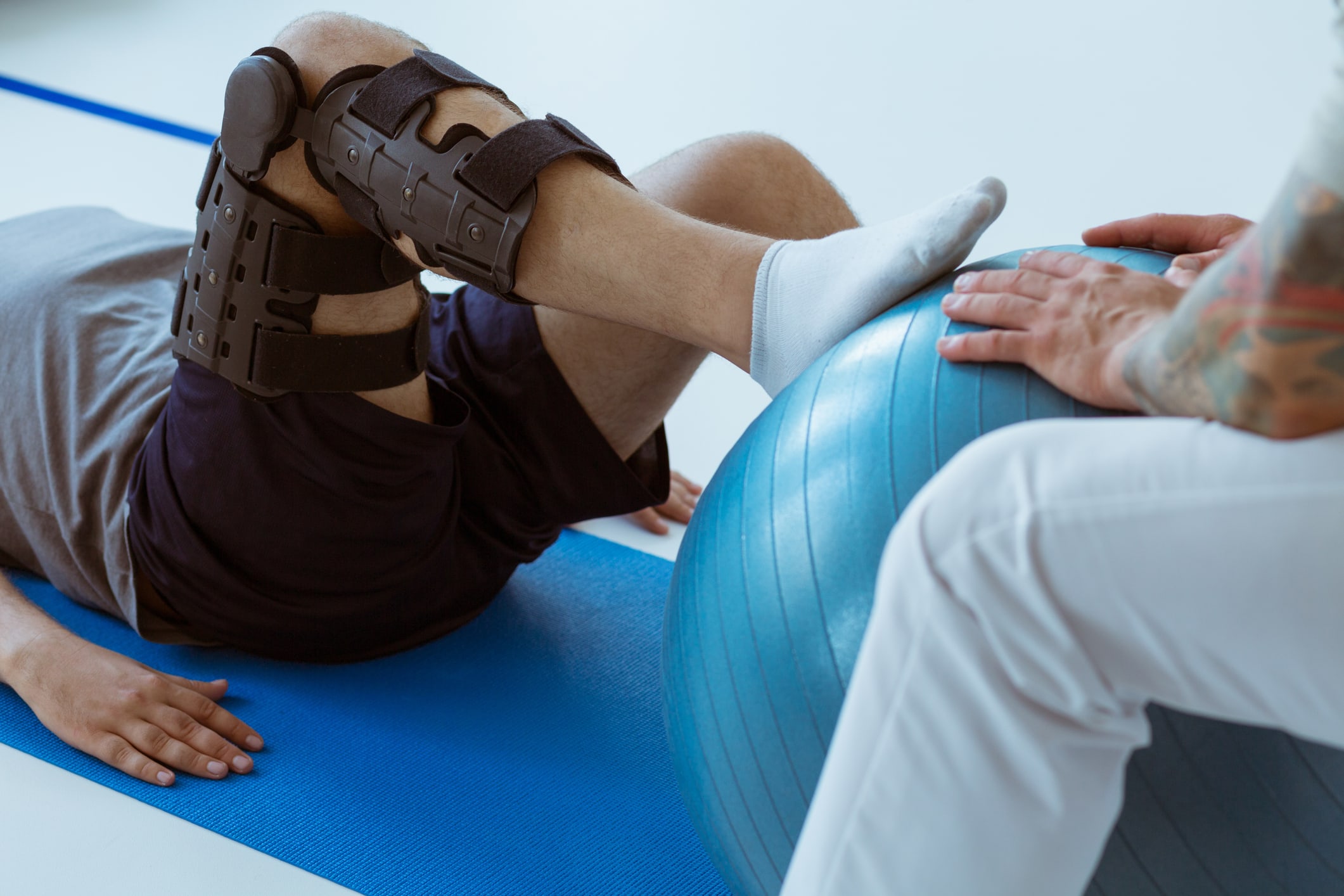Physiotherapy is vital in the development and health of kids, presenting a route to cultivate children's bodies as they grow and discover the surroundings around them. From responding to back pain to boosting physical function and averting future concerns, pediatric physical therapy is designed to satisfy the unique needs of kids. This focused approach not only aids in rehabilitation but also supports the overall motor and mental development of kids, enabling them to succeed in their daily tasks.
Understanding what physical therapy entails can equip parents to take decisive steps in guaranteeing their kids receive the help they need. Whether it is managing pain, recovering from an injury, or enhancing flexibility and strength, physical therapy offers a variety of advantages. As we delve into the essential aspects of physical therapy for youngsters, we will investigate how it aids address discomfort, encourages healing, and cultivates a healthier and more energetic lifestyle for young ones.

Grasping Physical Therapy
Physiotherapy is a healthcare specialty concentrating on identifying, caring for, and preventing physical limitations and disabilities. It employs a diverse set of methods, including physical activity, hands-on treatment, education, and modalities like thermal applications or electrical stimulation. By working with experienced practitioners, individuals can manage discomfort, enhance functionality, and boost their physical capabilities, contributing to a improved quality of life.
In pediatric cases, physiotherapy plays a crucial role in aiding young patients develop their motor skills and overcome issues related to development, injury, or developmental delays. Techniques are adapted to suit the specific needs of young patients, fostering muscle strength, balance, and agility. This supportive environment motivates young patients to engage energetically in their rehabilitation while building grit and self-esteem.
Additionally, physiotherapy is not just about managing existing problems but additionally about prevention. By instructing individuals on proper body mechanics, injury prevention strategies, and healthy lifestyle choices, physiotherapists empower patients to maintain their physical health throughout their lives. This proactive approach makes certain that people of all demographics can attain and sustain peak physical performance.
Benefits and Applications
Physiotherapy offers numerous benefits that extend past just injury recovery. It plays a crucial role in pain management, helping individuals cope with various conditions that cause hurt. For example, therapeutic activities and manual techniques can reduce chronic pain, enhance mobility, and better overall function. These interventions allow patients to have authority over their health, which is particularly important for children as they grow.
In further to pain relief, physical therapy is necessary in restoration following surgery or injury. It can speed up the healing process by re-establishing strength, flexibility, and functionality. Through customized exercise programs, individuals can recover their independence and get back to their daily tasks more quickly. Pediatric physical therapy, in particular, supports young bodies, ensuring they develop proper movement patterns and lower the risk of injuries down the line.
Furthermore, physical therapy can successfully address specific needs such as sports injuries, chronic conditions like arthritis, and difficulty moving as one ages. Whether it’s get better at athletic performance, stopping falls in seniors, or supporting post-surgery recovery, the uses of physical therapy are multifaceted. It is a important resource for individuals at different life stages, ensuring they lead active and pain free lives.
Unique Factors in Physical Therapy
In the process of providing physical therapy for children, providers must take into account the unique developmental stages of children. Kids' bodies are still developing and changing, which means that treatment strategies need to be modified to support their development while addressing their specific needs. This includes using suitable exercises and techniques that capture children and make therapy feel less like a burden. Moreover, acknowledging the emotional aspect of therapy for children is crucial; therapists often include game-based activities to help inspire and support young patients.
Another key consideration is the participation of guardians in the therapy process. Interaction with parents helps ensure that they comprehend the goals of therapy and can support with exercises at home. Engaging caregivers creates a supportive environment for the child, which is necessary for recovery and overall success in therapy. It’s vital for parents to feel informed and aware about the rehabilitation journey, as they hold a critical role in supporting the strategies learned during sessions.
Finally, it is crucial to consider any co-occurring conditions that may influence a child's therapy. Conditions like developmental delays require a specialized approach to physical therapy. Customized treatment plans that address these issues can lead to better outcomes. By identifying the unique needs and circumstances of each child, therapists can provide efficient care that not only supports physical recovery but also boosts overall health and quality of life.
